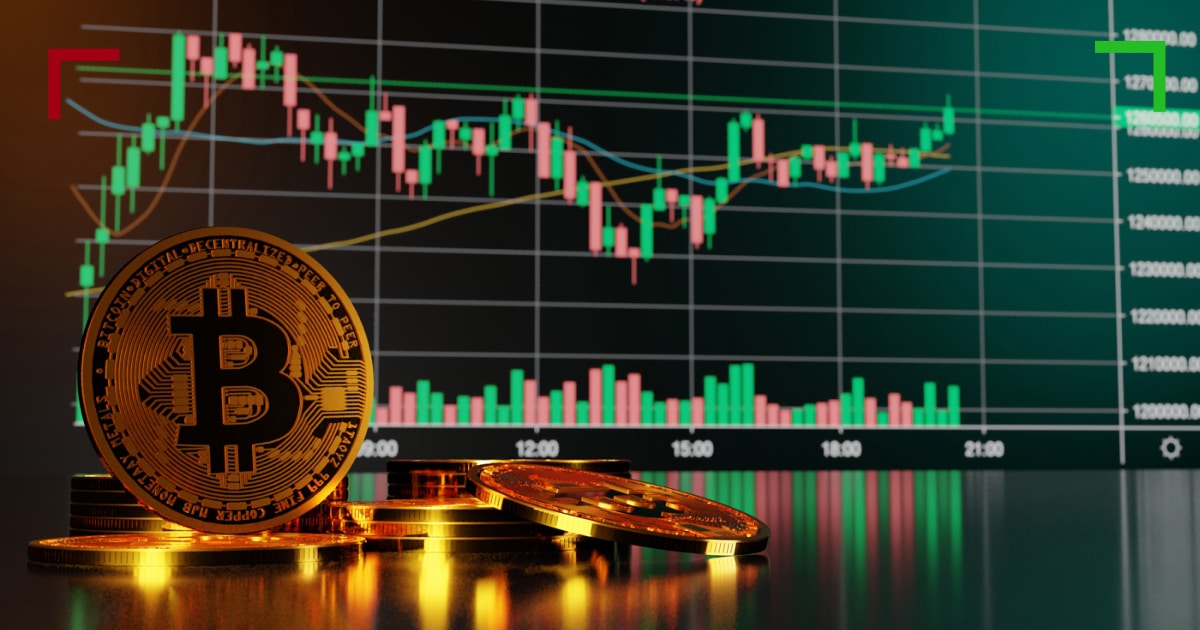recursosanimador.com
Mastering Crypto Trading High-Frequency Strategies

Understanding Crypto Trading High-Frequency
High-frequency trading (HFT) in the cryptocurrency market has emerged as a prominent strategy, enabling traders to execute a multitude of orders at lightning speeds. This technique leverages advanced algorithms to capitalize on minute price discrepancies in the market. While high-frequency trading is not a new concept in traditional finance, its application in the crypto space is an evolving landscape that offers both opportunities and challenges. For more insights on trading strategies, visit Crypto Trading High-Frequency http://recursosanimador.com/scripts/librovisitas2.php?pagina=10296.
The Foundations of High-Frequency Trading
High-frequency trading relies on sophisticated algorithms and powerful computing to make transactions in split seconds. The fundamental objective is to benefit from small price movements frequently. HFT strategies can include:
- Market Making: Providing liquidity by placing both buy and sell orders.
- Arbitrage: Exploiting price differences between different exchanges.
- Momentum Trading: Utilizing trends to drive trading decisions.

Advantages of High-Frequency Trading in Crypto
The advantages of engaging in high-frequency trading in the cryptocurrency space are numerous:
- Speed: With ultra-low latency, trades can be executed in milliseconds, significantly reducing the chances of missing profitable opportunities.
- Market Insights: HFT algorithms can analyze vast amounts of data, identifying patterns and informed trading signals faster than human traders.
- Reduced Transaction Costs: Frequent trading can lead to better rates on exchanges, reducing overall costs for the trader.

Challenges of High-Frequency Trading
However, high-frequency trading is not without its challenges:
- Market Volatility: Cryptocurrencies are notoriously volatile, which can lead to uncertain outcomes even when employing algorithms.
- Technological Failures: Relying heavily on technology means that any glitches can result in significant financial losses.
- Regulatory Scrutiny: As HFT grows, so too does the interest from regulatory bodies, which may impose additional constraints.
Essential Tools for High-Frequency Traders
To successfully navigate high-frequency trading in cryptocurrencies, traders need to be equipped with the right tools:
- Algorithmic Trading Platforms: Choose a platform that supports custom algorithm deployment to automate trades efficiently.
- Direct Market Access (DMA): This allows traders to place their orders directly on the exchange, reducing latency.
- Data Analytics Tools: Employ tools that provide real-time data and market analytics to inform trading decisions.
Developing a High-Frequency Trading Strategy
To develop a successful high-frequency trading strategy, consider these steps:
- Backtesting: Test your trading algorithms using historical data to assess their efficacy.
- Risk Management: Establish strict risk management protocols to protect your capital.
- Continuous Optimization: Continuously refine your trading algorithms based on performance metrics and changing market conditions.
The Future of High-Frequency Trading in Crypto
The future of high-frequency trading in the cryptocurrency market looks promising but demands adaptability and ongoing education. The increasing sophistication of technologies, coupled with growing trading volumes and liquidity, presents a fertile ground for HFT strategies. However, traders must remain vigilant and prepared to navigate the evolving regulatory landscape.
Conclusion
High-frequency trading in the cryptocurrency market represents a powerful yet intricate strategy that requires a deep understanding of both market dynamics and the technology that drives trading operations. By leveraging the speed and efficiency of HFT, traders can exploit opportunities with unprecedented precision. However, success in this arena also necessitates implementing robust risk management practices and continual analysis of market behaviors. As the crypto trading ecosystem grows and transforms, high-frequency trading will likely play an increasingly critical role in defining market trends and outcomes.